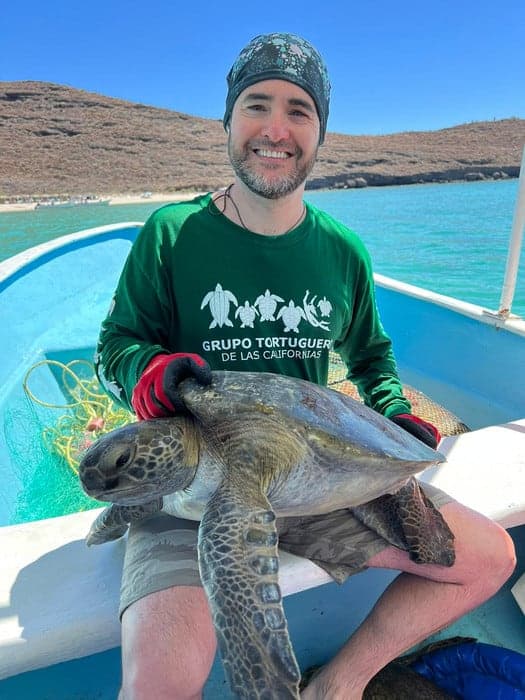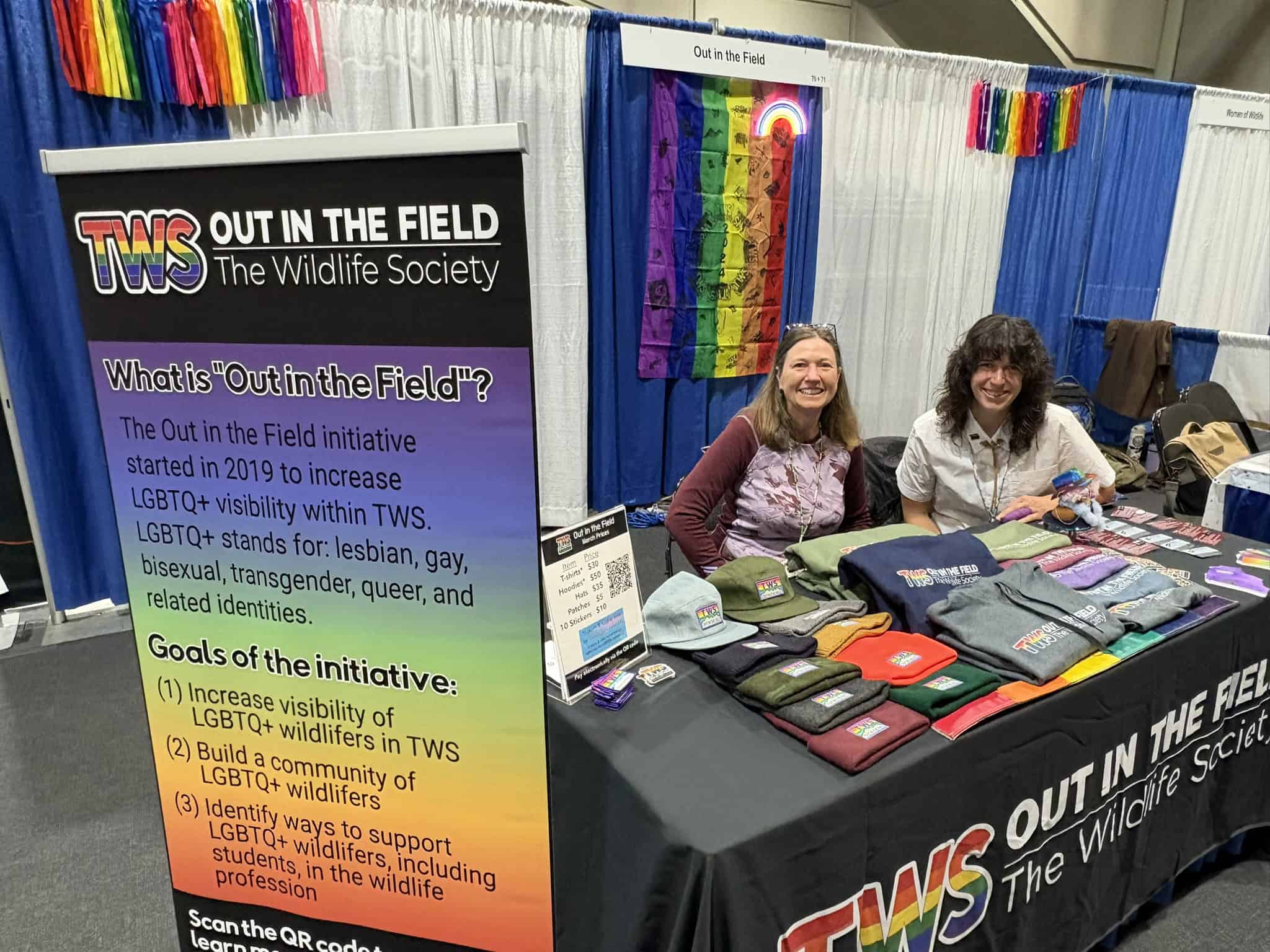Share this article
Global sea turtle poaching is on the decline
When researchers set out to document sea turtle poaching around the world, they were prepared for the worst. But what they found was a surprising bit of good news. The last decade saw a decline in illegal sea turtle exploitation.
They also found another bit of good news. Most of the sea turtles that were exploited came from healthy populations where illegal activities are less likely to have an impact.
The researchers found the declining numbers despite the fact that they had more data sources to draw from—something they thought would show an increase all by itself.
In what they called the first global study of turtle exploitation at multiple scales, the study, published in Global Change Biology, found that over 1.1 million sea turtles have been illegally killed—and in some cases trafficked—between 1990 and 2020. As many as 44,000 sea turtles were exploited each year over the past decade in 65 countries or territories and in 44 of the world’s 58 major sea turtle populations.
While those numbers may seem high, they are down 28% over the previous decade.
“We expected an overall increase in the magnitude of reported exploitation. However, we observed the opposite,” said Jesse Senko, assistant research professor at Arizona State University’s School for the Future of Innovation in Society and a co-first author on the study.

ASU assistant research professor and marine biologist Jesse Senko holds a recently captured green turtle at a study site in Baja California Sur, Mexico. The turtle was released unharmed. Credit: Cindy Vargas
Researchers aren’t sure what is responsible for the decline. It could be due to legislation protecting sea turtles around the world. Public information campaigns could be making a difference. Or maybe cultural norms are changing. Efforts to further protect sea turtle populations should be supported, the team concluded.
The study was sparked by a 2014 study on legal marine turtle fisheries.
“I wondered what illegal take might look like,” Senko said.
The team collected data from peer-reviewed studies, media articles, conservation organization reports and online questionnaires of in-country experts spanning the past three decades to estimate illegal take.
They came up with some interesting patterns. Vietnam was the most common country of origin for illegal sea turtle trafficking. China and Japan served as destinations for nearly all trafficked products. Southeast Asia and Madagascar were major hot spots for illegal sea turtle take and trade. Almost all of the poached sea turtles came from two species—green (Chelonia mydas) and hawksbill (Eretmochelys imbricata) turtles—both of which are listed under the Endangered Species Act.
More encouragingly, though, the researchers found that most poaching took place in regions with a low risk of population decline, and regions ranked as having moderate or high exploitation decreased.
“I think this is good news,” Senko said, “because it means that most of these sea turtles came from healthy, low-risk populations, which suggests that, with a few exceptions, current levels of illegal exploitation are likely not having a major detrimental impact on most major sea turtle populations throughout the world’s oceans.”
The study probably represents just a fraction of the actual illegal global turtle exploitation, researchers concluded, but it offers a foundation for future research and conservation efforts.
“With effective conservation and management,” they wrote, “marine turtle populations have shown remarkable potential for recovery.”








